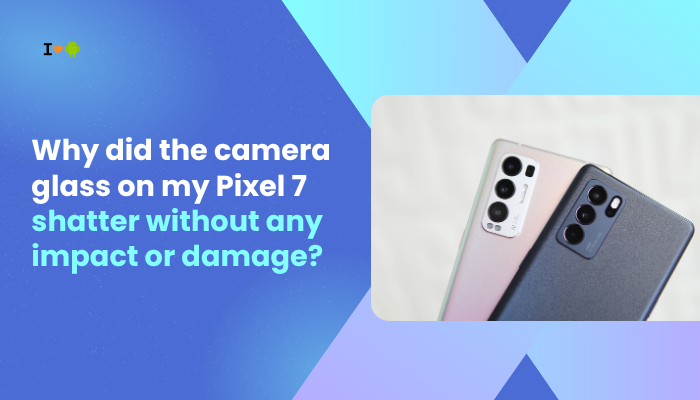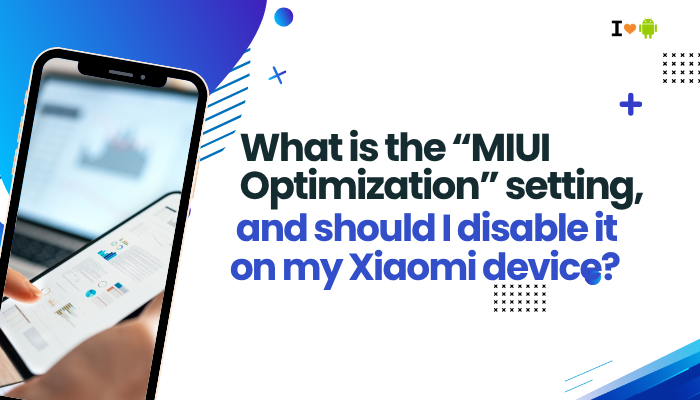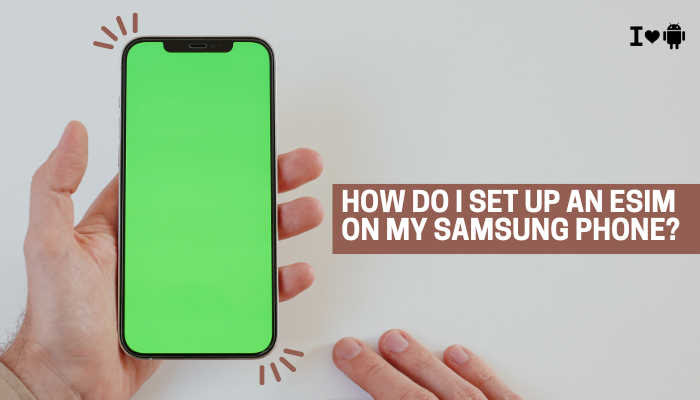The Pixel 7 is a premium smartphone known for its high-quality camera and durable design, including a polished aluminum frame and Gorilla Glass Victus. However, a growing number of users have reported a concerning issue: the rear camera glass shattering spontaneously, with no drops, impacts, or misuse involved.

If you noticed your Pixel 7’s camera lens cracked or shattered even though you handled it carefully, you’re not alone. This problem has been reported by many Pixel 7 and 7 Pro users worldwide, and it appears to stem from a combination of design vulnerabilities, thermal expansion, and manufacturing defects. This article explores the causes behind this phenomenon and what you can do if it happens to your device.
What’s Actually Happening?
Users report that:
- The rear camera glass breaks cleanly—often just over one lens.
- There are no visible signs of external impact, scratches, or corner damage.
- The phone was often sitting idle or in a pocket or bag when the damage occurred.
- The damage looks like a spiderweb crack or clean circular break right over the lens area.
Possible Reasons the Pixel 7 Camera Glass May Shatter on Its Own
Thermal Expansion and Contraction
One of the leading theories is that the camera glass breaks due to thermal stress:
- The Pixel 7’s camera module generates significant heat during extended use—especially in 4K video recording, Night Sight, or HDR processing.
- Glass and metal expand at different rates. The aluminum camera bar heats up and expands, possibly putting uneven pressure on the thin camera glass.
- If the phone then cools quickly (e.g., when moved to a cold environment), the sudden contraction may cause the glass to fracture from internal stress.
This is called thermal shock, and it’s a known risk in glass materials exposed to rapid temperature changes.
Structural Weakness in the Design
The Pixel 7 features a camera bar design, where the camera lens glass is exposed and only slightly recessed:
- This glass is thinner and spans across the entire width of the device, rather than being flush-mounted or recessed deeply.
- If the adhesive under the camera glass isn’t applied uniformly or if the glass has micro-stresses during manufacturing, even normal usage can lead to spontaneous cracking.
Manufacturing Defects or Material Flaws
Not all batches of glass are perfect. Some may have:
- Microscopic impurities or internal weaknesses in the glass.
- Improper curing or tempering during production, reducing structural integrity.
- Slight bending or stress during assembly, which may only show damage later under heat, cold, or normal pressure.
This is particularly relevant if the break occurs early in the phone’s life, within the first few months.
Pressure Buildup from Inside the Camera Module
A less common theory, but possible:
- The camera housing is tightly sealed to protect against dust and water (IP68 rated).
- Internal pressure from heat or gas expansion (e.g., air inside heating up) could cause outward pressure on the glass.
- If the venting is insufficient, the weakest point—the camera glass—may crack outward.
Is Google Acknowledging the Issue?
As of now, Google has not issued a formal recall or acknowledgment of a widespread defect. However:
- Users have reported mixed experiences with Google Support.
- Some had their camera glass replaced free of charge under warranty.
- Others were told that physical damage is not covered, even if the glass shattered without impact.
A growing number of users have shared their cases on Reddit, Pixel forums, and Twitter, pushing for broader acknowledgment of the issue.
What You Can Do If Your Pixel 7 Camera Glass Shatters
Document the Damage Immediately
- Take high-quality photos of the shattered lens.
- Note the time, location, and any circumstances (e.g., phone was in pocket, wasn’t dropped).
- Mention that there is no external damage or fall.
This documentation will help if you seek warranty or consumer protection support.
Contact Google Support
- Go to Google Pixel Support
- Request a callback or chat, and explain the situation.
- Many users have had positive results if they clearly communicate that it was a spontaneous break with no user fault.
Check Warranty or Device Protection Plans
- If your phone is still under 1-year manufacturer warranty, Google may repair it.
- If you purchased Preferred Care or a third-party insurance (e.g., from your carrier), file a claim.
- Repairs typically involve replacing the entire camera module and may cost ₹7,000–₹12,000 in India or $100–$200 in the U.S. if out of warranty.
Use a Temporary Workaround
If the camera still works:
- Use a case with a raised camera ring to avoid cutting your fingers on shattered glass.
- Use a lens protector film or clear tape until it’s repaired.
Avoid using water or alcohol near the damage—moisture may now reach internal components due to broken seals.
How to Prevent This in the Future
While spontaneous breakage may not be fully avoidable, these tips may help:
- Avoid exposing your phone to extreme heat or cold.
- Don’t use the camera continuously for long periods in hot environments.
- Use a protective case with reinforced camera protection.
- Avoid placing the phone camera-down on rough surfaces.
Conclusion
If your Pixel 7 camera glass shattered without impact, it’s likely due to a combination of thermal stress, design limitations, or material defects. Though frustrating, this issue has been reported by a significant number of users, suggesting it’s not just isolated incidents. While Google hasn’t officially confirmed a manufacturing defect, many affected users have successfully gotten free repairs by contacting support with proper documentation.
If it happens to you, act quickly—gather evidence, reach out to support, and check your warranty or device protection status. In the meantime, protect the exposed area from moisture or further cracking. Hopefully, future Pixel models will address this structural weakness in the camera design.



